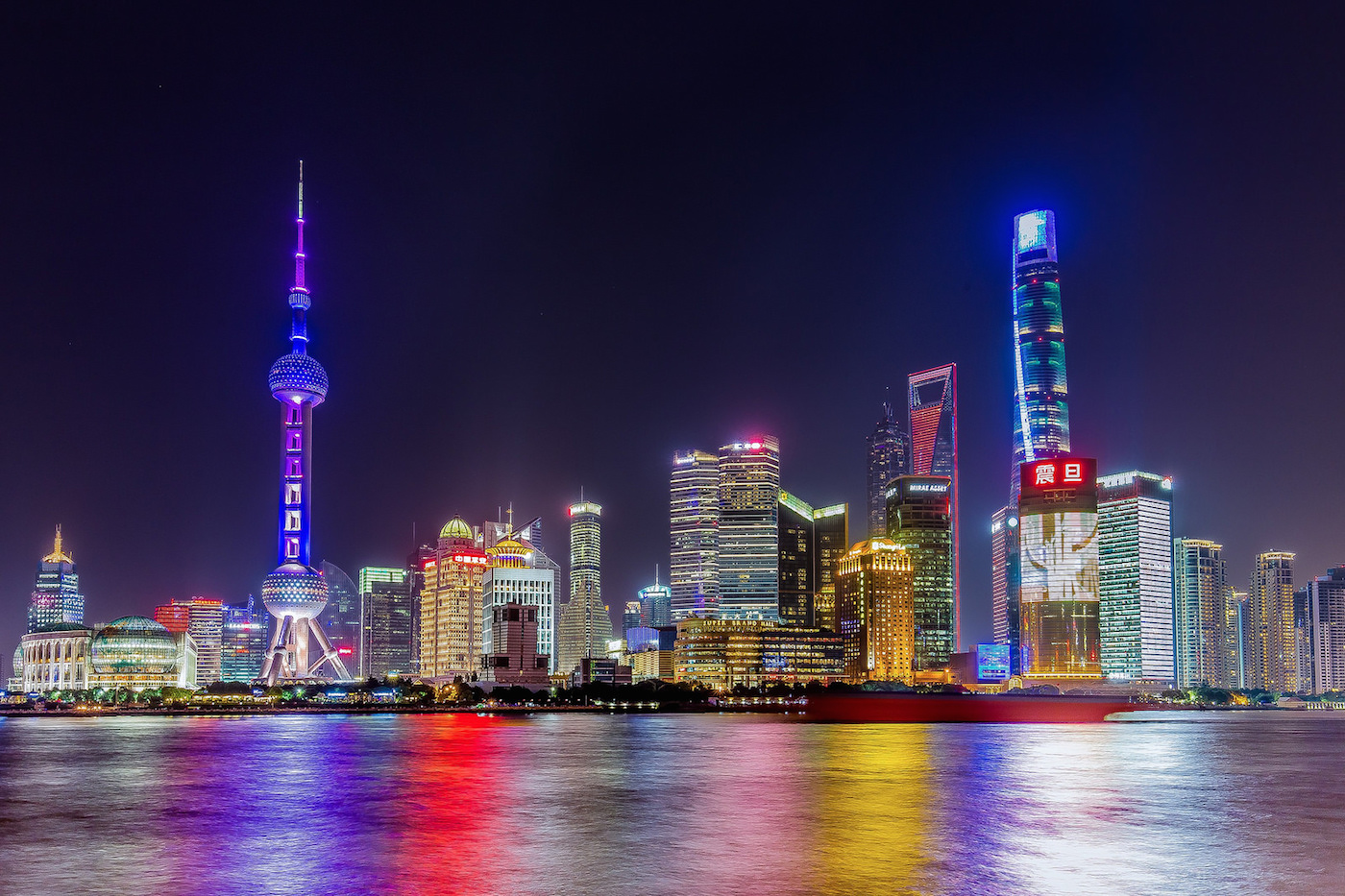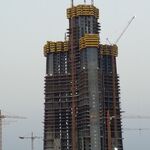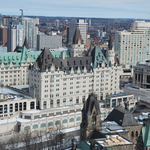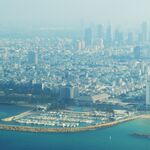The non-profit Council on Tall Buildings and Urban Habitat (CTBUH) — an international body of professionals in building engineering, architecture, and design — has officially recognized the completion of the Shanghai Tower. At 632 metres and 128 storeys, the building is the tallest in China and the second tallest in the world behind Dubai's Burj Khalifa.
 The Shanghai skyline, image by philsteinhauser via Flickr
The Shanghai skyline, image by philsteinhauser via Flickr
Built by Shanghai Tower Construction & Development, the structure is only the third skyscraper to break 600 metres and achieve megatall status. With its completion, Chicago's Willis Tower has been bumped down to 11th tallest. Designed by Gensler, the tower's twisting profile has left a huge impact on the skyline alongside its shorter neighbours. Situated in Pudong's Lujiazui Finance and Trade Zone, the Shanghai Tower completes a trifecta of intersecting supertalls, joining Kohn Pedersen Fox's Shanghai World Financial Center (SWFC) and Skidmore, Owings and Merrill's Jin Mao Tower in an imposing manner.
 Shanghai Tower, Jin Mao Tower and SWFC, image by Marc Photography via Flickr
Shanghai Tower, Jin Mao Tower and SWFC, image by Marc Photography via Flickr
The tower is separated into nine volumes, each of which contains its own sky lobby and atrium to serve tenants. The huge amount of office space included in the development will be occupied mostly by banking institutions and government agencies while the podium and underground levels host 50,000 square feet of retail. Featuring 33-foot ceilings in a 19,000-square-foot space, the podium's multifunction room is one of the largest in Shanghai.
 The Shanghai skyline, image by Louis Lee via Flickr
The Shanghai skyline, image by Louis Lee via Flickr
The building's sweeping curtain wall facade reduces wind load by 24% and its night lighting system ensures high visibility at all times as an endless number of images and colours can be projected. The tower also boasts the second highest hotel in the world after Hong Kong's Ritz Carlton.
Work on any superstructure comes with unique challenges, and this project was no different. Shanghai's sandy soil necessitated 70-metre concrete piles to stabilize the building. Up at the top, the crown's five-floor tuned mass damper was designed to counteract earthquakes and typhoon-strength winds. It is supplemented by a second dampening system which utilizes copper plates and magnets to control movement. Visitors to the world's highest observation deck will be able to see these mechanisms in action alongside wind turbines and a rainwater collection system.
 The top 10 tallest buildings in the world, image courtesy of CTBUH
The top 10 tallest buildings in the world, image courtesy of CTBUH
The Shanghai Tower is emblematic of China's rising global importance as an economic powerhouse. Skyscrapers have often been viewed as status symbols, and those symbols have become much more visible as towers continually push technological and physical boundaries. The Shanghai Tower's time at the top may be short lived though, as the Wuhan Greenland Center readies to overtake its height by just four metres. China's rate of construction is staggering, but the Middle East will continue to dominate skyscraper height rankings in the foreseeable future, as Burj 2020 and the under-construction Jeddah Tower are poised to cement their names in history.
Check out the information and images included in the Database file linked below. Want to get involved in the discussion? Visit the associated Forum thread or leave a comment at the bottom of this page.
| Related Companies: | Gensler |

 9K
9K 





















































